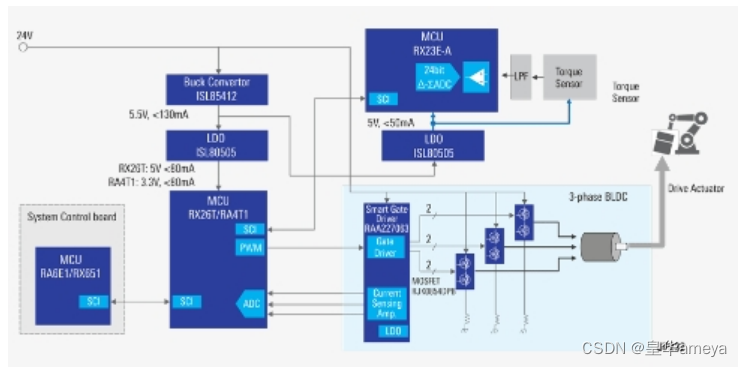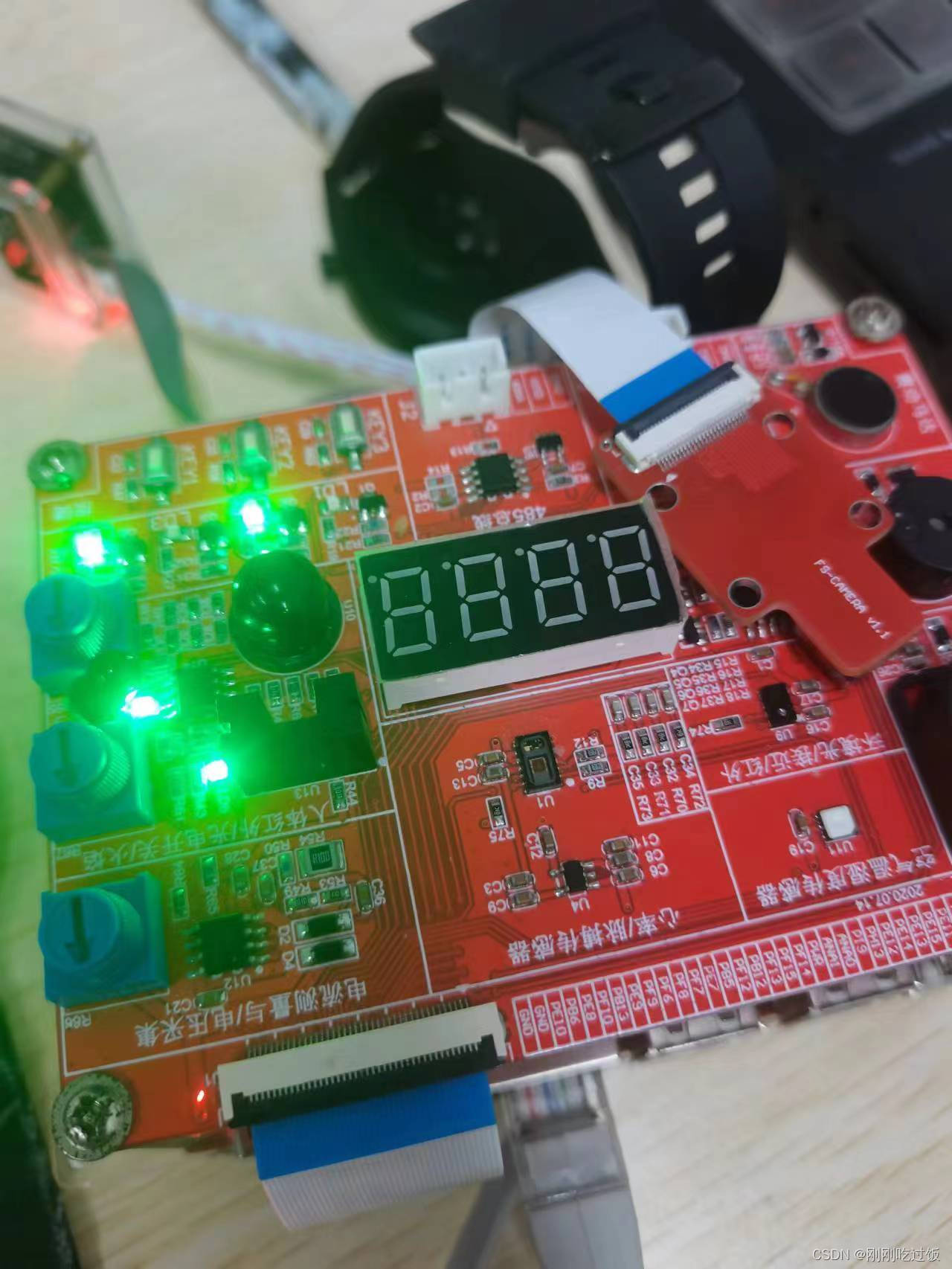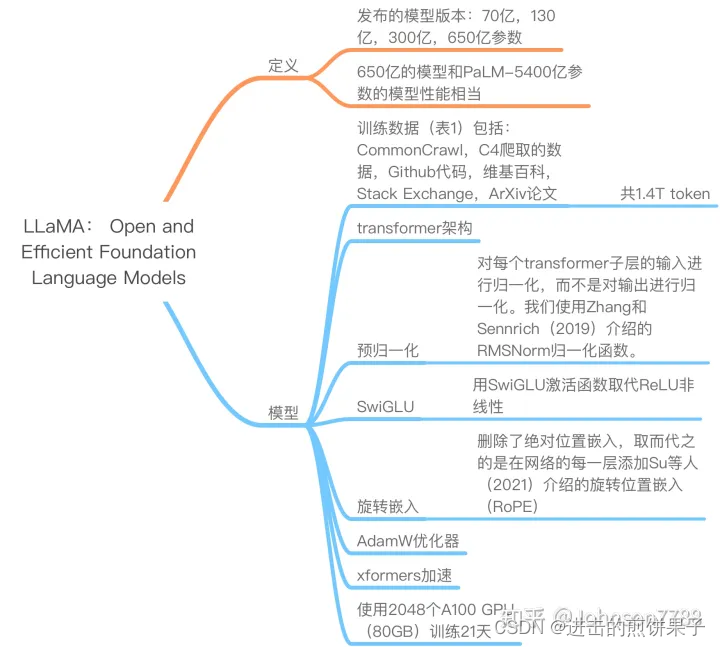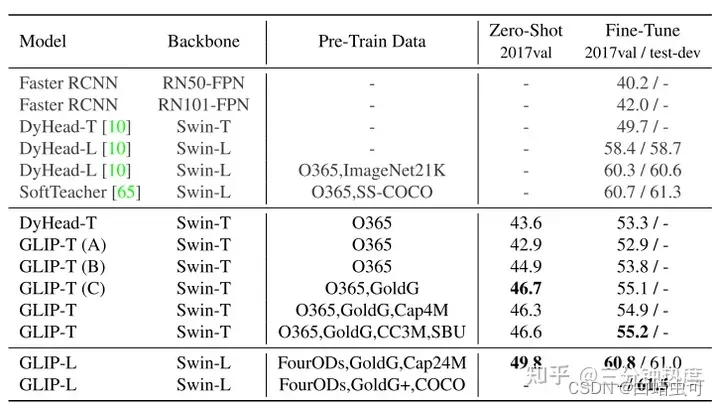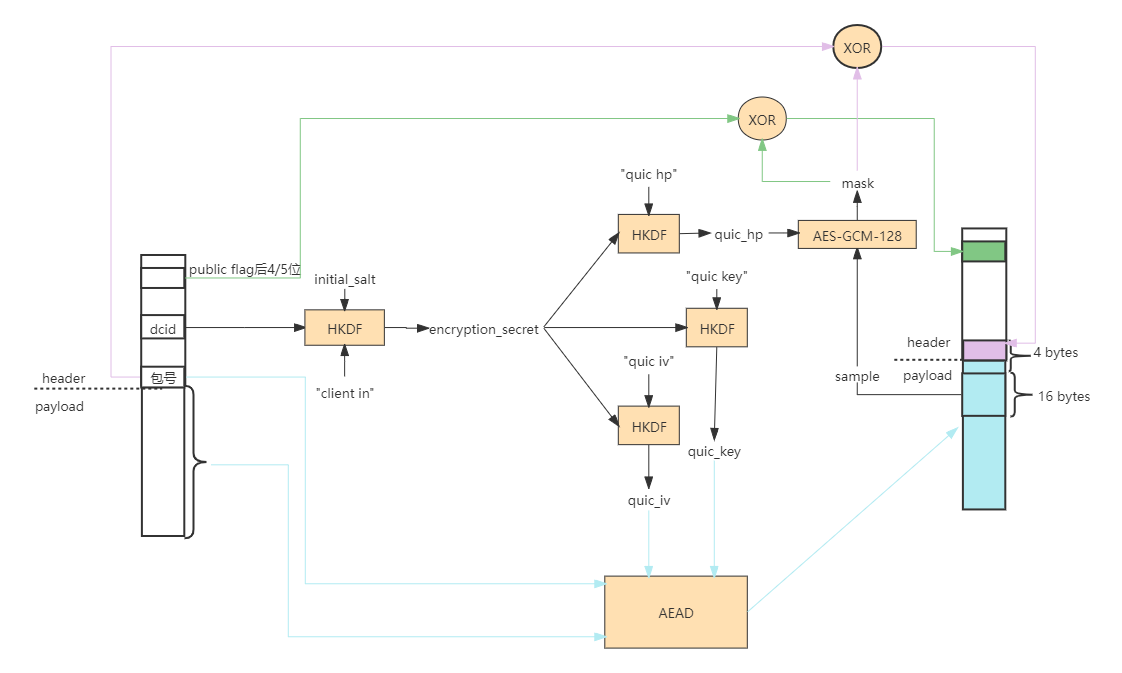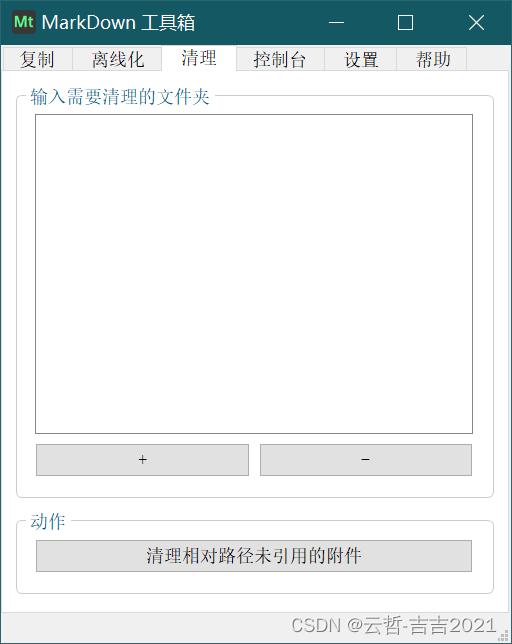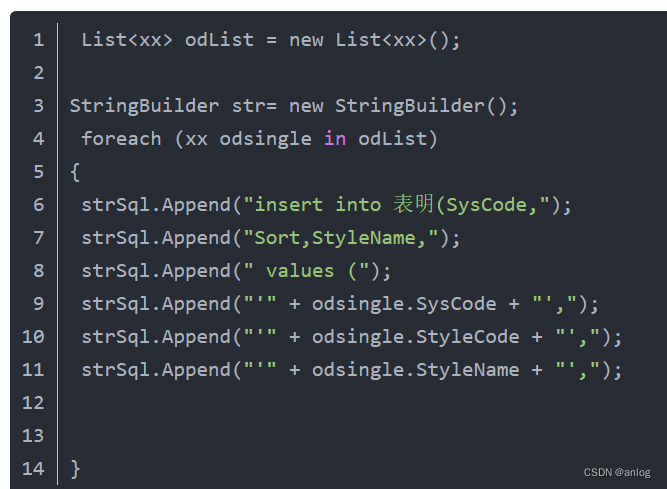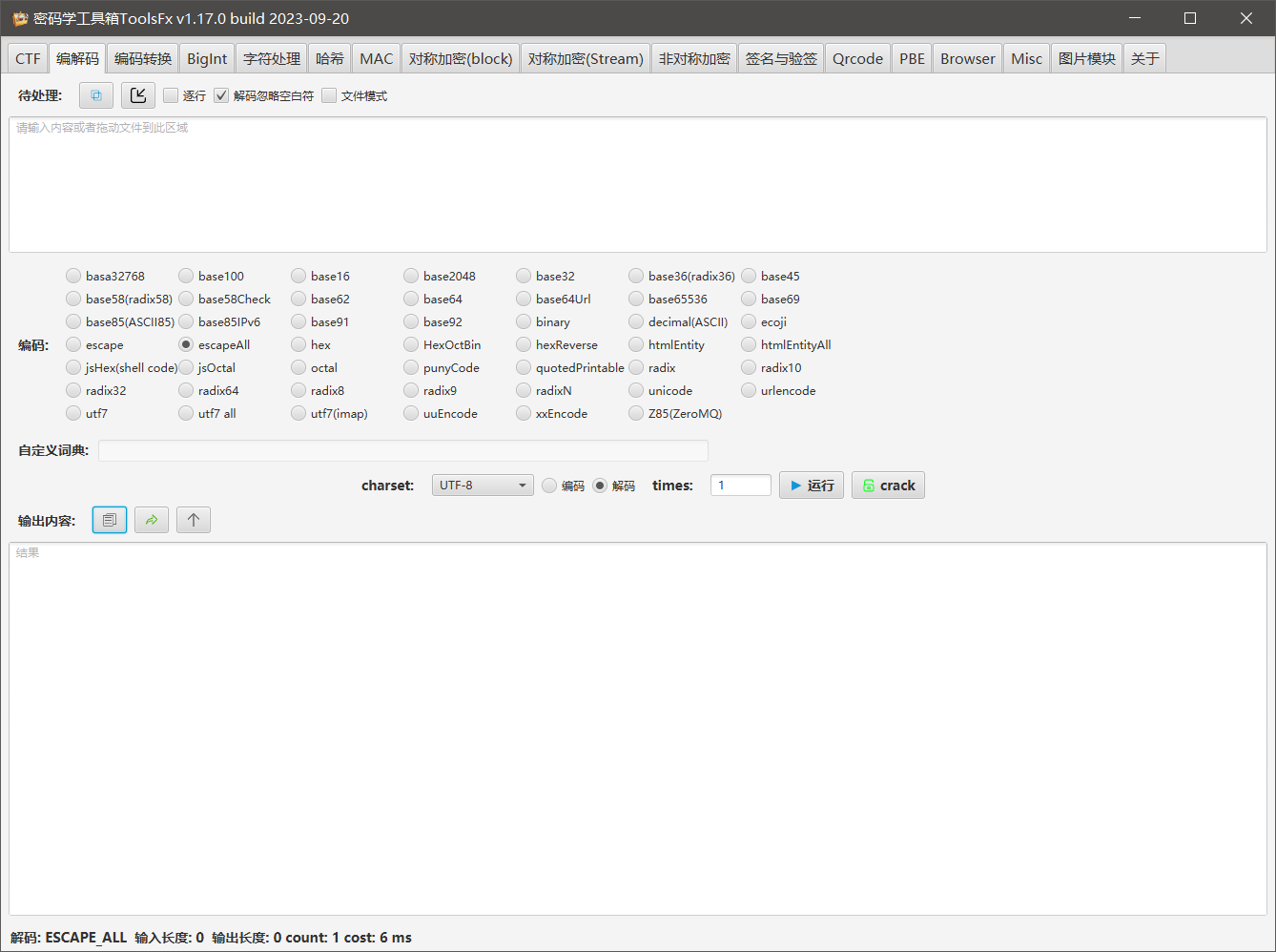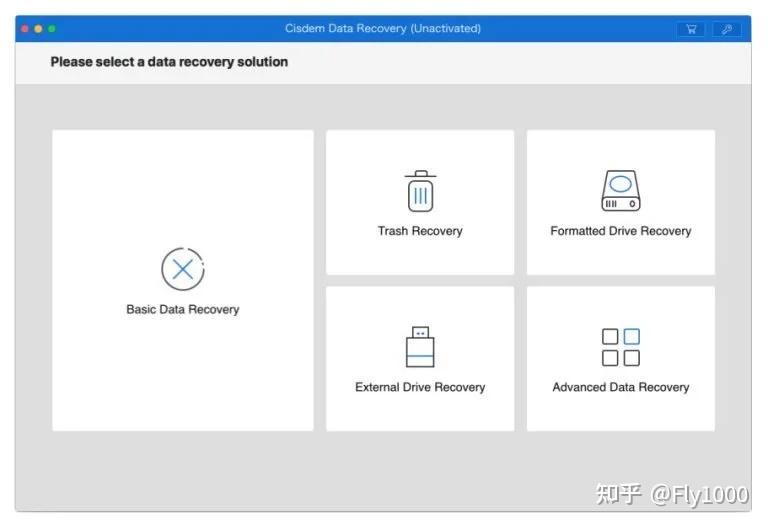1.枚举类
import com.baomidou.mybatisplus.annotation.IEnum;
import com.fasterxml.jackson.annotation.JsonCreator;
import com.fasterxml.jackson.annotation.JsonValue;
import com.shinkeer.common.utils.StringUtils;
import java.util.HashMap;
import java.util.Map;
/**
* 类型
* 个人P001,团队P002,企业P003
*/
@Getter
@AllArgsConstructor
public enum AssetOwnershipType {
/**
* 个人
*/
SELF(1,"个人"),
/**
* 团队
*/
TEAM(2,"团队"),
;
/**
* 标记响应数据库的值
**/
@EnumValue
/** 标记响应json值(序列化) **/
@JsonValue
private final Integer index;
private final String name;
private static Map<Integer, AssetOwnershipType> lookup = new HashMap<>();
static {
for (AssetOwnershipType type : values()) {
lookup.put(type.getIndex(), type);
}
}
private final String code;
@Nullable
@JsonCreator(mode = Mode.DELEGATING)
public static AssetOwnershipTypeof(Integer index) {
return map.get(index);
}
}2.查询直接使用枚举类型AssetOwnershipType 作为参数,枚举使用:

简单说明:
1.对比得使用 ==
2.使用包路径 如上图 后面的@路径@xx 就是枚举里面的值



